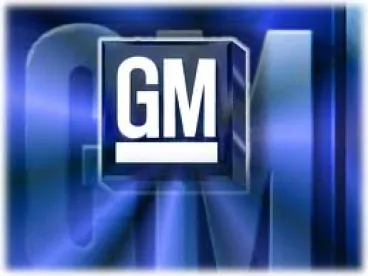In a prior blog post, we discussed the Second Circuit Court of Appeals’ reversal of the bankruptcy court in In re General Motors. In its opinion, the Second Circuit held that a sale of assets without proper notice to potential plaintiffs with defect claims violated the plaintiffs’ due process rights and resulted in a sale to “New GM” that was not, in fact, “free and clear” of those claims. Recently, with the case remanded, and with a petition for a writ of certiorari pending before the U.S. Supreme Court, the bankruptcy court ordered briefing on several threshold issues. These issues include (a) how potential plaintiffs should be grouped between ignition-switch plaintiffs and non-ignition-switch plaintiffs, (b) whether non-ignition-switch plaintiffs can bring independent claims against New GM, (c) what role the bankruptcy court should have in those claims, and (d) what rights used-car buyers have against New GM.
 In their briefing, the plaintiffs maintain that the difference between the two groups of potential plaintiffs should not matter for purposes of who can assert claims against New GM, but that non-ignition-switch plaintiffs are limited to those with economic loss claims, and do not include plaintiffs pursing personal injury or wrongful death claims. The plaintiffs argue that both ignition-switch plaintiffs and non-ignition-switch plaintiffs can assert independent claims against New GM under the plain meaning of the Second Circuit’s decision and that such claims should be left to non-bankruptcy courts to adjudicate. Finally, the plaintiffs argue that all used-car purchasers can assert claims against New GM, in part, because there was no relationship between the debtor and these plaintiffs at the time of the asset sale, thereby preventing use of the 363 sale process to enjoin such claims.
In their briefing, the plaintiffs maintain that the difference between the two groups of potential plaintiffs should not matter for purposes of who can assert claims against New GM, but that non-ignition-switch plaintiffs are limited to those with economic loss claims, and do not include plaintiffs pursing personal injury or wrongful death claims. The plaintiffs argue that both ignition-switch plaintiffs and non-ignition-switch plaintiffs can assert independent claims against New GM under the plain meaning of the Second Circuit’s decision and that such claims should be left to non-bankruptcy courts to adjudicate. Finally, the plaintiffs argue that all used-car purchasers can assert claims against New GM, in part, because there was no relationship between the debtor and these plaintiffs at the time of the asset sale, thereby preventing use of the 363 sale process to enjoin such claims.
For its part, New GM argues that non-ignition-switch plaintiffs include any plaintiff suing New GM for a defect in a vehicle without the specific defective ignition switch that was known but undisclosed until after the asset sale, even if the claim relates to a defect in a different type of ignition switch. New GM also argues that the Second Circuit did not review whether non-ignition-switch plaintiffs can assert independent claims and that therefore, the bankruptcy court’s prior orders rejecting such claims stand, and the bankruptcy court should act as a gatekeeper to enforce those orders against non-ignition-switch plaintiffs. Finally, New GM argues that used-car owners can only assert claims to the extent that the original purchasers of the vehicle were potential ignition-switch plaintiffs.
This latest round of briefing shows that many unanswered questions remain about the practical effect the Second Circuit’s opinion. While the bankruptcy court has yet to rule on these “threshold” issues, the court’s ruling will have significant consequences on the amount of liability New GM will be deemed to have ultimately inherited from its predecessor. And further appeals seem likely, if not inevitable, regardless of how the bankruptcy court comes down on these issues. This newest chapter in an already drawn-out saga further illustrates the importance to parties and bankruptcy practitioners to fully disclose potential liabilities in the bankruptcy process. Otherwise, a purchaser of the estate’s assets may not truly be protected by the “free and clear” provisions of Section 363 and could face substantial post-sale liability for pre-sale conduct.



 />i
/>i
